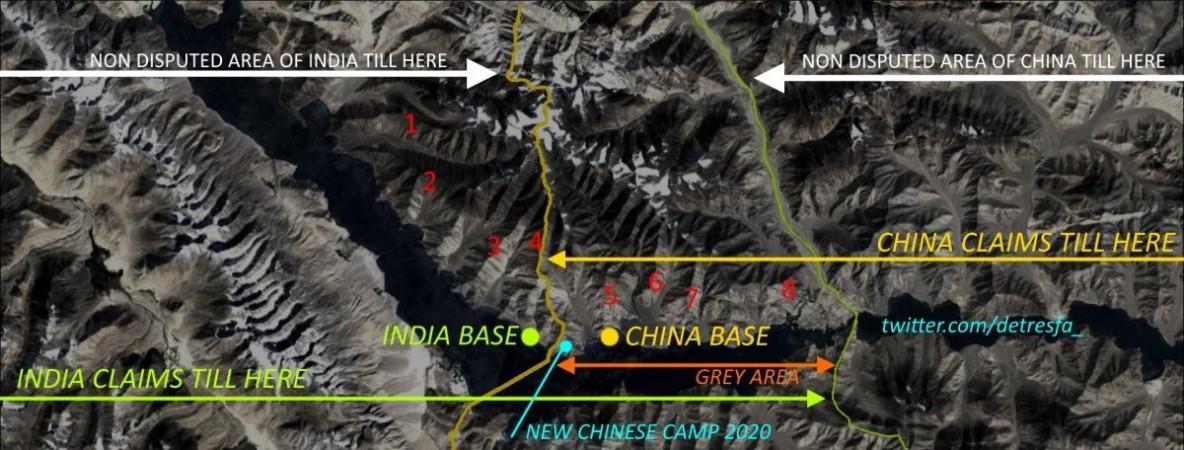The recent aggression by the Chinese troops has once again shifted the focus to Pangong Tso, a Lake between Indian and Chinese Line of Actual Control (LAC). In the last few weeks, there have been too many activities on both sides in the cold desert in the Northern part of India. In a video widely circulated on social media, the Indian and Chinese troops can be seen pelting stones at each other alongside Pangong lake, triggering another round of standoff between two nuclear-armed states in Asia. What is the importance of Pangong Tso lake? Let's find out.

India and China share a disputed boundary, LAC that is divided into three sectors viz. western, middle, and eastern. Although the current stand-off is located in the Western sector, last month there were reports of a physical scuffle between the armies of two-nation in North Sikkim that is a part of the eastern sector. The entire LAC passes on land except for one location, Pangong Tso Lake that is a water body, creating a unique conundrum as India's claim on the lake is different from the Chinese.
The disputed 'finger' area
About 45 km range of the Pangong Tso is dominated by India, and China controls the rest. The current position of the dispute is spurred extending out of Chang Chenmo, which is an eastern extension of the Karakoram Range. These spurs are known as fingers. There are eight of them in the discussion here.
India has stated that the LAC passes through Finger 8, which has been the place of the last military post of China. However, Indian troops have not had total power beyond Finger 4.
Meanwhile, China claims that the LAC passes through Finger 2. It has been guarding up to Finger 4 and at times up to Finger 2.
The dispute that took place last month occurred at Finger 5. The current stage of eye-to-eye conflict is Finger 2, where the Chinese raced due to a dispute.
Pangong Tso: Potential path of a Chinese offensive

Pangong is a term in Ladakhi language meaning extensive concavity and Tso is a Tibetan term meaning Lake. The lake situated at a height of over 14,000 feet in the Ladakh Himalayas is narrow, deep, endorheic (landlocked) in nature. The reason why Pagnong Pso lake is important is that it lies in the direct path of the Chushul approach. Notably, the Chushul approach is as per India's strategic assessment is one of the main approaches that China can use in case of an offense. Moreover, it also shows a Chinese offensive will take courses across both the north and south of the lake.

Historically also, this is the area where China launched its main offensive in the 1962 war with India. The Indian Army fought courageously at Rezang La under Maj. Shaitan Singh. Another Indian officer Major Dhan Singh Thapa also showed exemplary courage in defending Chushul airfield. Both the officer are recipients of India's highest gallantry award, Param Vir Chakra.

















